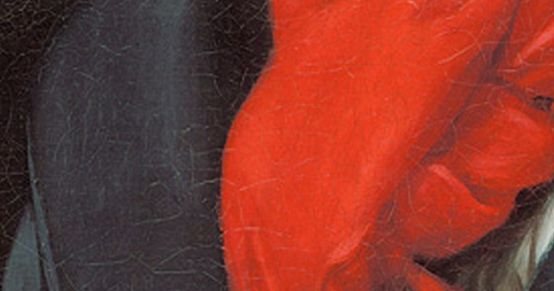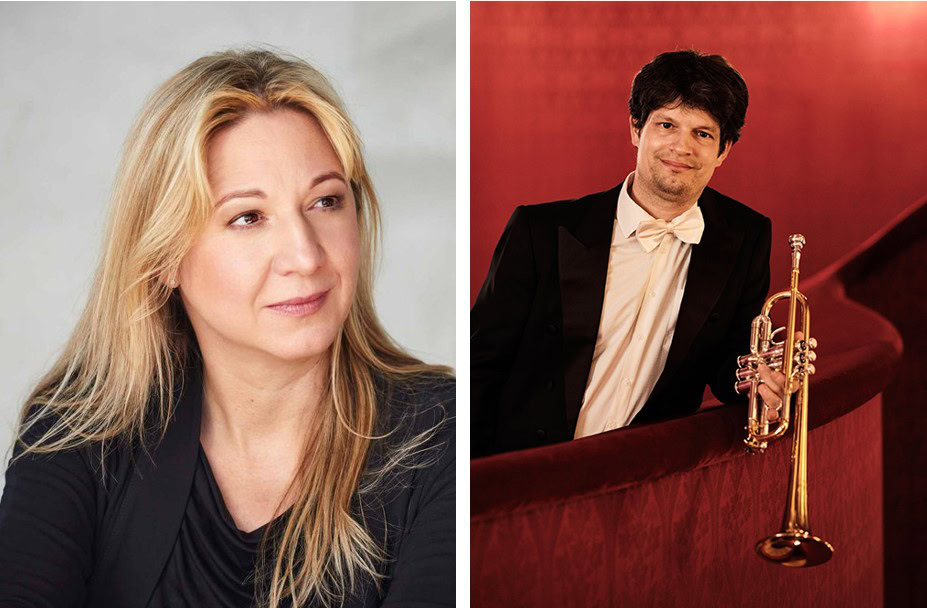Septet in E flat major
Beethoven every Friday: to mark his 250th birthday, we take a look at one of his works every week. Today it's his Septet in E flat major for clarinet, bassoon, horn, violin, viola, cello and double bass.

It is said that the fool likes to sit between two stools. He falls outside the system, does not feel bound by any norms, looks the people in the mouth and holds up a mirror so that his jokes lead to brooding with an alert mind. This is also the case with Beethoven's Septet in E flat major op. 20, a work whose entertaining wit was already enjoyed by his contemporaries. Admittedly to the annoyance of the composer, who urged the Leipzig publisher Hoffmeister & Kühnel to publish it quickly: "My septet is sending a little faster into the world - because the mob is waiting for it." (April 8, 1802) The sound seemed popular to many, but even more so the sound of the mixed ensemble in 1800 was not only new, but completely innovative.
The instrumentation corresponds neither to a string quartet nor to a wind orchestra, nor does it come close to the small orchestra of a symphony. As late as 1857, Karl Reinhold Köstlich, in his remarks on music (as the third part of Friedrich Theodor Vischer's Aesthetics or the science of beauty) this is the special attraction and challenge for every sound creator: "The mixed set about a septet is a less sharply defined form, the fulfillment of which with a completely accurate content is more difficult to find, a matter of the composer's luck and tact." (Sp. 1056)
The structure of the work, with a total of six movements, also brings it close to the serenade. And indeed, the minuet, the variations and the scherzo in particular have an emphatically cheerful, pleasing tone - although this is preceded by an almost symphonic introduction at the beginning of the first movement; the introduction to the finale even resembles a funeral march. The fact that the technically demanding parts (especially the winds) apparently did not stand in the way of the work's popularity is still surprising today.
In any case, Beethoven himself emphasized to his publishers that the instrumentation was "tutti obligati (I can't write anything non-obligatory because I was born with an obligatory accompaniment)". In doing so, he captured the essence and spirit of every mixed ensemble. His septet quickly became a model. When, only a few years later, the art-loving cloth merchant Johann Tost commissioned a nonet (op. 31) from Louis Spohr, this was already accompanied by the demand that it should be "each of the instruments emerges according to its character and essence".
Listen in!








